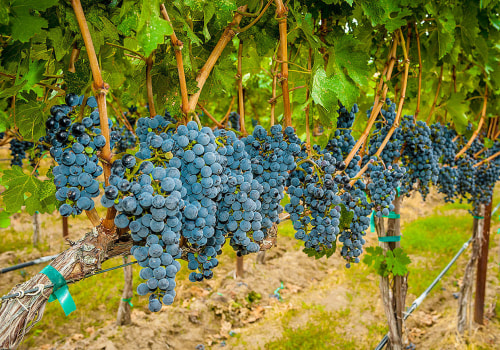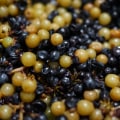Wine that falls within the usual pH range of 3.4 to 3.8 has a pleasant taste that can be fresh, sour, or acidic. However, if the acidity is too high, it can be as sharp as vinegar. The intensity of the acidity is measured on the pH scale, which ranges from 0 to 14, with the extremes being the most intense. For instance, in order to use a denomination on a California wine label, 85% of the grapes used to make the wine must come from the specified district. If you have ever compared a more acidic white wine to a milder red wine, you will know that there can be huge differences in flavor.
This is because wine contains many acids, but the two main ones found naturally in grapes are tartaric and malic acids. Nevertheless, this does not mean that it is natural; organic wine may still contain additives and forms of conventional processing on a large scale, something that is prohibited in the natural wine industry. Just to give an example, in the United States, 85% of a wine must come from grapes grown in the wine-growing area to bear the name of the appellation. This implies that wineries can legally avoid disclosing the actual alcohol content of their wines by labeling them as table wine. To have a harvest date in the United States, for example, a wine must come from grapes that come from at least 95% of the indicated calendar year. Jenny & François Selections importing business was started when its founder ran into a circle of winemakers who were creating products that tasted better than other wines on the market.
Therefore, any winemaker who wants to produce wine with an excellent color, taste and smell will need to closely monitor the pH levels throughout the winemaking process. An acid finish should look more like a spicy flavor and is only tolerable in a rich, full-bodied wine. Wine scientists have been able to identify the chemical component that makes wines smell like asparagus and peppers. It usually appears immediately after bottling or when wines (usually fragile wines) are agitated during transport. In addition to complying with legal limits on sulfur additions, winemakers must ensure that their wines do not have unpleasant sulphurous flavors such as rotten eggs or overcooked cabbage. When it comes to Northwestern Louisiana wines specifically, they tend to have an average pH level between 3.4 and 3.8.This means that they are generally considered to be pleasant-tasting wines with a mild acidity.
However, it is important for winemakers in this region to pay close attention to their pH levels throughout the winemaking process in order to ensure that their wines are not too acidic or too mild. In conclusion, Northwestern Louisiana wines typically have an average pH level between 3.4 and 3.8.This means that they are generally considered to be pleasant-tasting wines with a mild acidity. Winemakers in this region should pay close attention to their pH levels throughout the winemaking process in order to ensure that their wines are not too acidic or too mild.










